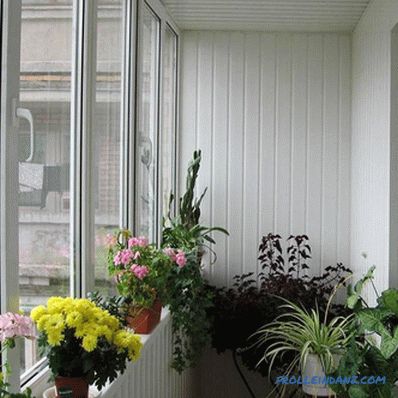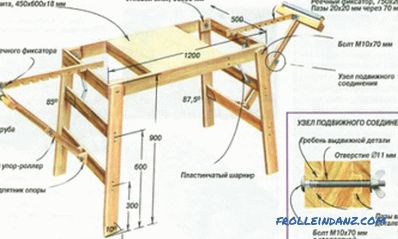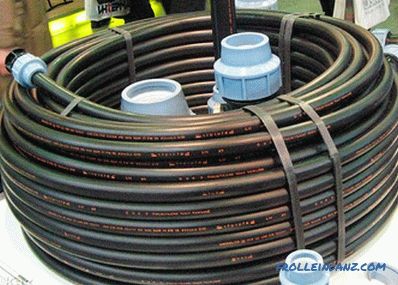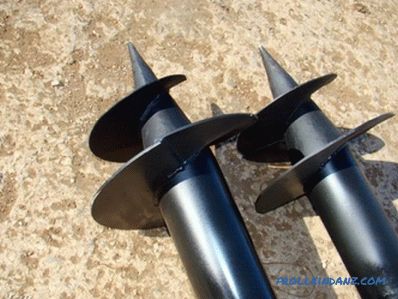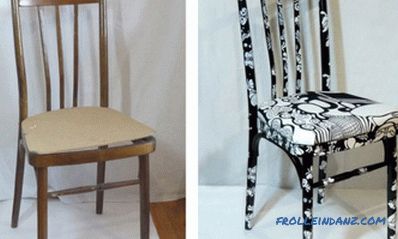There is nothing complicated in calculating the amount of wallpaper on a room. Let us consider in detail how this can be done.
Calculate the area of the walls
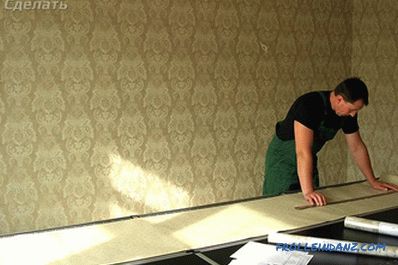 We measure
We measure
One of the requirements that is necessary consider for the correct selection of wallpaper - is to have the exact dimensions of the room, that is, its height, width and length, as well as the number and dimensions of the door and window openings. Of course, it is important to know the parameters of the wallpaper, but more on that later. First, you need to calculate the total area of all walls. To do this, use a proven formula that looks like this:
- S o = 2AH + 2BH , where:
- S o is the total area of all the walls in the room,
- A and B - the length and width of the room;
- H - its height from floor to ceiling;
- 2 - the number of walls parallel to each other.
If the walls are not four, but, for example, five or more, and their length is not the same (one wall is cut off by the corner of the next room, or is it a balcony of a Moscow high-rise in the elite center of the city, which is made in pentagon), then the formula will look something like this:
S o = AH + BH + CH + DH where:
- A is the length of the first wall;
- B is the length of the second wall;
- C - the third and D - the fourth wall.
In this case, the height of the room remains the same, but the lengths of the walls differ, so multiplying by 2 is no longer necessary. If the height of the walls is different, for example, due to the appearance of a step, then it is necessary to indicate the height also different.
Do not forget about the openings
 Wallpapering of the door opening
Wallpapering of the door opening
Window area and the door is calculated even easier - to get the data you need to multiply the width of the window, or the door, by its height. We count how many windows and doors (including the input). Calculate the area, summarize them all, and the result is subtracted from the total area of the room. We get the value minus the places where the wallpaper will not be glued.
In order for all values to be accurate, it is necessary to measure the distance not by eye, as it will be necessary, or by steps (especially considering that they are different for each person), but with a tape measure.
The measurement result is best recorded in centimeters and not rounded, so it will be more accurate. Then, in terms of conversion, they can be converted into meters, that is, 3460 cm will be equal to 3.46 m.
Wall decoration for wallpaper

Another important the moment that will allow (or, in the absence of this factor, will not allow) the wallpaper to glue correctly is how smooth the walls are. So, in order to find out, you will need a rule, normal or laser level. With these tools, you can easily determine if everything is all right with the surface of the walls, or if something needs to be fixed. Therefore, when calculating the wallpaper, it would be useful to allocate funds for plaster and putty.
It’s also easy to calculate the amount of finishing material. To do this, it’s enough to find out in the tabular data how much putty will be spent on 100 m 2 , then calculate how much, for example, it will be needed for a room somewhere in 30-40 squares.
Determine the number of rolls
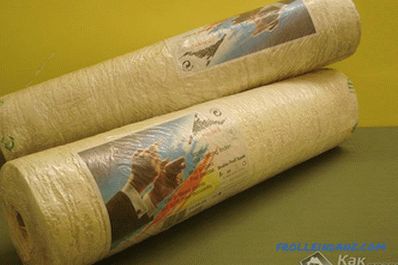 Wallpaper rolls
Wallpaper rolls
How now to calculate how many rolls need for the room, because the seller is unlikely to help our data about the area of walls. At best, you will be given an approximate data. The result of such a negligent approach - the wallpaper may not be enough, or there will be a surplus. It is clear that the ideal calculation will not work, but still, it is possible to obtain more accurate data.
Same wallpaper released at different times may differ in series and shade. Therefore, do not throw away the label in which the data about the wallpaper is written until you finish the repair, otherwise buying a suitable roll will be a problem.
Imagine for simplicity the following example: the room is 6 m long, 3 m wide, the ceiling height is also 3 m. The roll, which was noticed in the store earlier, has a width of 60 cm (0, 6 m) and its length is 30 m. On a long wall of such rolls will fit (0.6 * 3) * 10. That is, 0.6 * 10 = 6m, that is, our room length, and 3 - height. Now we find that one wall without taking into account the openings will take 18 m. Hence, two walls, respectively, 36 m. The second wall is calculated similarly, with the result that 18 m of wallpaper will be glued to it. This means that it will be 54 m in all, that is, almost 2 rolls of wallpaper. Now you can take away window and door openings. Let them be one by one, the window is 1.5 * 1, and the door is 2 * 0.7 m. In general, there are few, but one roll will still not be enough.
Further, we proceed from the following principle: no seller will sell a half roll in a store as he did not ask.So, we will have to make a purchase, rounding our resulting value in a big way - 2 pieces. Wallpapers on the ceiling are calculated on the same principle.
If the wallpaper is glued together with something, for example, with tiles, then the area that it will occupy should be subtracted from the total area of the entire room.
When purchasing wallpaper with a pattern, you need to consider that their consumption will increase by 1.5-2 times, as it will require careful adjustment of the pattern. This will certainly increase the amount of waste.
It is unlikely that someone will glue a piece of wallpaper half a meter to the wall, unless it is not useful somewhere under the window sill or above the window, but the probability of their coincidence in the pattern is very small.
Required amount of glue
 Wallpaper glue
Wallpaper glue
Glue compositions, on average , calculated on the basis of 3 kg / 100 m 2 . Therefore, if the area of the walls of the room, in general, is equal, for example, 30 m 2 , then you need to buy glue 100/30, that is, 1.3 kg.
You can prime the walls with cheap glue, but for pasting you need to buy high-quality glue, which won't be cheap.
At the bottom of the wallpaper, a wooden or plastic plinth is laid on the laid floor (laminate, parquet or other), which will not allow the wallpaper to come off from below. From above, for fixing, an edging with ornaments or baguettes (cornices) is glued, which will not only serve as the preservation of wallpaper, but also give the room after repair an extraordinary look.
Video
This video course presents and describes the conditions for calculating the required number of rolls.
